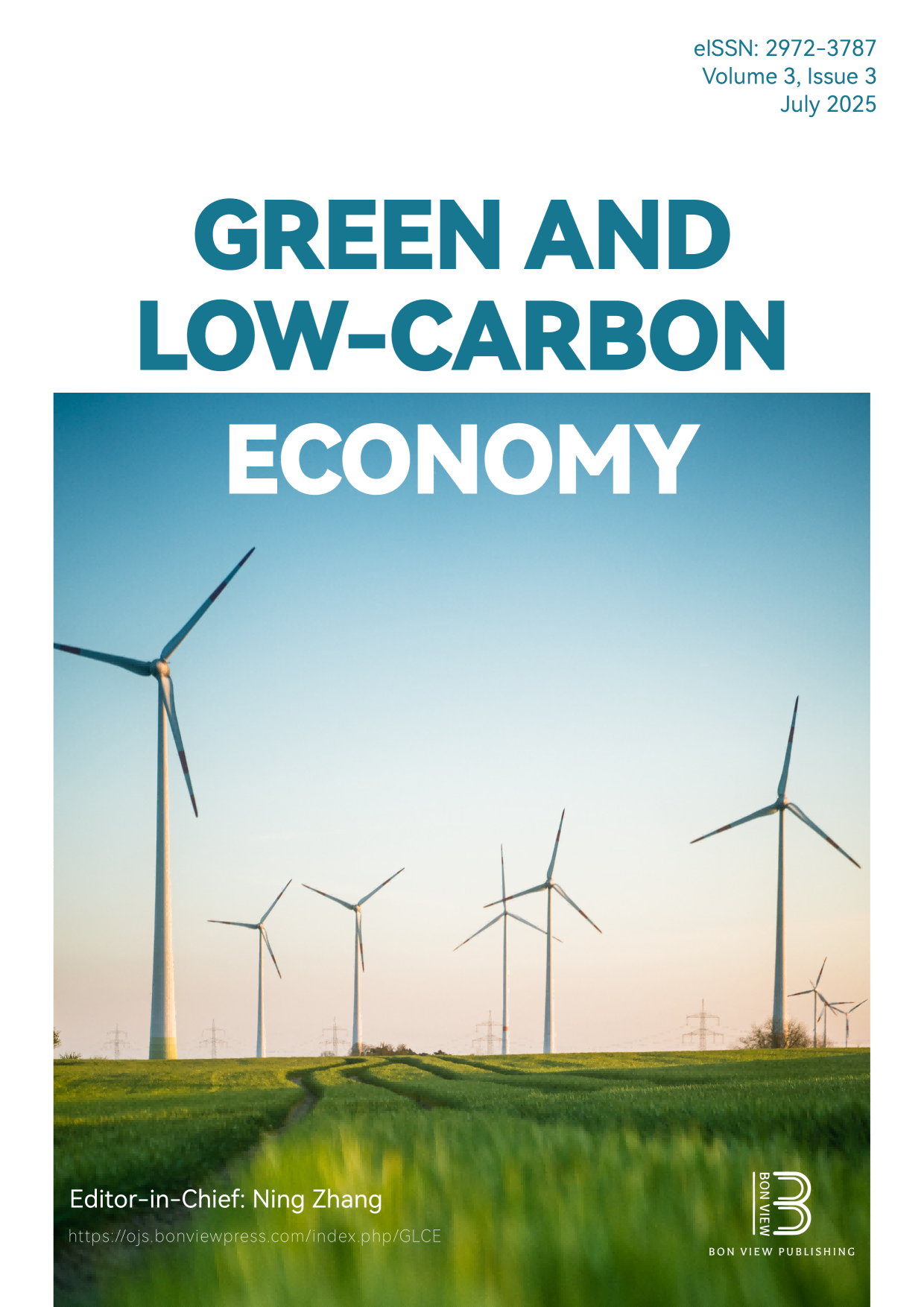Empowering the Solar Shift: The Strategic Role of Retailers and Installers in Advancing Energy Storage Solution
DOI:
https://doi.org/10.47852/bonviewGLCE52024393Keywords:
solar energy storage, stakeholder theory, decarbonization, stakeholders, power and interestAbstract
The residential solar landscape in Australia has been significantly influenced by the decarbonization and sustainable development goals complemented by government-regulated incentives and subsidies. The penetration of small-scale solar in Western Australia (WA) is more than 35% as per the data obtained from the Australian government’s Clean Energy Regulator website, listing a postcode-wise installation of small-scale solar. As the solar penetration increased, the phasing-out of incentives from the government and regulations by utilities against high levels of solar penetration into the grid is encouraging the adoption of solar energy storage (SES) devices among residential solar users. Stakeholders such as policy-makers, SES manufacturers, installers, and retailers, and end-users play a major role in enabling this transition. The study recognizes the SES installers and retailers as prominent stakeholder categories in the field of SES since they bridge the gap between a prospective consumer who becomes a prosumer on the adoption of the technology. The study analyzes the role of SES installers and retailers in the adoption of SES devices based on stakeholder theory. Semi-structured interviews were carried out to make a qualitative analysis of the role played by SES installers and retailers and their perspectives on SES adoption. The engagement of SES installers with the technology and direct involvement with the consumers makes them important. The analysis of stakeholder dynamics indicates a lack of integration between SES manufacturers, installers, and retailers, affecting the availability of the product and expertise of SES installers in the SES technology. The policy-makers, who are a high-power stakeholder category, should formulate standard regulations, unifying the installation and maintenance practices. The study underlines SES installers can promote the adoption of SES through integration with other stakeholder categories, gaining expertise, and transferring the knowledge to the consumer for proper maintenance of the product, encouraging re-adoption.
Received: 20 September 2024 | Revised: 21 November 2024 | Accepted: 26 December 2024
Conflicts of Interest
The author declares that he has no conflicts of interest to this work.
Data Availability Statement
Data are available on request from the corresponding author upon reasonable request.
Author Contribution Statement
Nikhil Jayaraj: Conceptualization, Methodology, Software, Validation, Formal analysis, Investigation, Resources, Data curation, Writing - original draft, Writing - review & editing, Visualization, Project administration.
Downloads
Published
Issue
Section
License
Copyright (c) 2025 Author

This work is licensed under a Creative Commons Attribution 4.0 International License.


